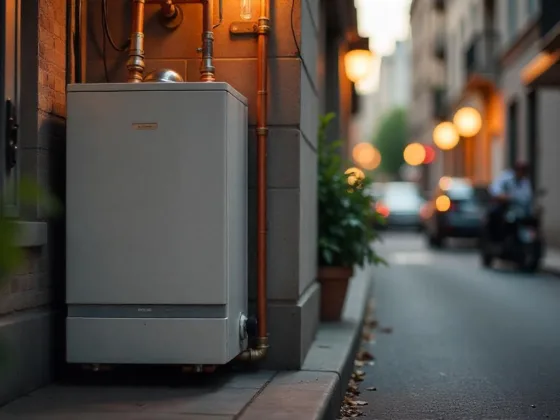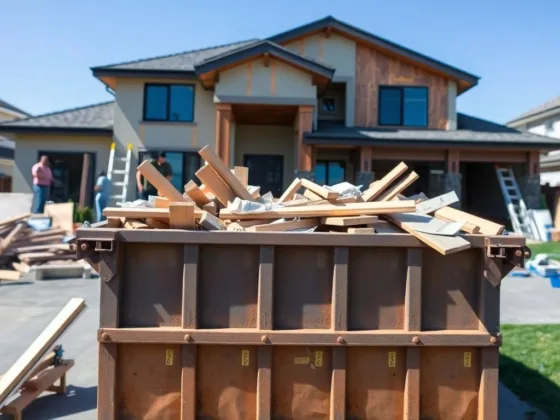Table of Contents Show
One of the biggest secrets to seed viability is the storage conditions. Excess moisture causes grass seeds to develop mold, rot and even sprout when it’s not yet time. This denies you a chance to have that beautiful lawn with greener grass.
When stored under ideal conditions, grass seeds can last between 10-18 months though their viability reduces if they are stored for longer periods. Seed viability is a measure of the seeds still alive after storage and can develop into plants given the right conditions.

Below we explore the best method to use while storing grass seeds in winter for use in spring.
Store Seeds in a Basement, Cellar or a Heated Garage
The temperature under which you store seeds is one of the biggest determinants of whether they will be viable during the next season or not.
Always store grass seeds below 15 degrees Celsius. Most basements are cellars that have perfect conditions for seed storage since they are dark, cool, and dry.
Store Seeds in Airtight Containers or Breathable Bags
Moisture is another key factor that determines whether you have seed for spring or not. Place the grass seeds in an airtight container, or a sealed plastic bag as this ensures they do not absorb moisture. Galvanized trash cans can be used as an alternative.
You can also use a burlap bag or a cloth sack. These kinds of materials reduce molding by ensuring there’s enough airflow.
When moisture gets into the seeds they start rotting or even begin to germinate. Moisture also reduces their viability where they may not rot or germinate but refuse to germinate when the time comes.
One way to test if seeds are viable is to put them in a container and let them sit for 15 minutes. If they are viable, they sink and if they are not they float. Floating means they are most likely not going to sprout when the right time comes.
Read Also:
Use Desiccants and Baking Soda
In case you experience high moistures, you can use desiccants that absorb the excess moisture. An open box of baking soda is also a great alternative as it also absorbs moisture. If the seeds are leftovers ensure all the existing moisture in the seeds is dried before closing the bag.
You may throw a sealed desiccant inside the packaging, otherwise, your grass seeds may develop mold. If possible, transfer the seeds to a sealed package to ensure air doesn’t circulate from the inside. AS long as the seal is tight the issue of humidity will not arise.
Use Indoor Closets
Indoor closets are a great alternative for grass seed storage since they are warm. You may also consider the pantry, especially where you keep other dry foodstuffs.
Use the Refrigerator
Some people store their seeds in the fridge. This is also a perfect choice though the temperatures must be monitored. Maintain the temperatures at 10 degrees Celsius and also use desiccants for the excess moisture.
Protect Seeds from Insects and Storage Fungi
Pests such as weevils eat the seed and leave the husk behind. You may believe your grass seed container is full only to find it full of husks. Pests also destroy the seeds partially such that you may have the seeds but they are not viable since the germ area is destroyed.
Storage fungi on the other end are capable of growing at very low moisture contents. This causes the grass seeds to deteriorate by producing toxic substances.
The toxins destroy the seed cells as they create dead tissues which are crucial for the fungi survival. Aflatoxin is one such toxin that is known to kill both humans and animals if consumed
Store the Seeds on a Raised Ground and Away from Rodents
This helps keep the bags warm since cemented floors allow moisture. Ensure you also keep the seeds away from rodents such as mice and rats. Rodents destroy the storage bags and access the seeds meaning at the end of winter, you will have nothing to plant.
Sometimes they may not consume all the seeds but they destroy them in such a way they are rendered unusable. Keeping the seeds on a raised ground may help keep rodents away
Always Store Seeds in a Cool Dry Place
Do not expose the grass seeds to humid places as this leads to a decline in viability. Do not store seeds in freezing temperatures or extremely high temperatures as both destroy the seed’s growth cells. This includes direct sunlight.
You need to store seeds in cool and dry conditions during winter as this helps maintain viability. Storing seeds in a garage or a shed sometimes exposes them to freezing temperatures and even excessive humidity.
Some individuals may opt to heat the garage or ensure the place is air-conditioned. If these conditions can be maintained throughout the storage period, many storage options can be considered.









